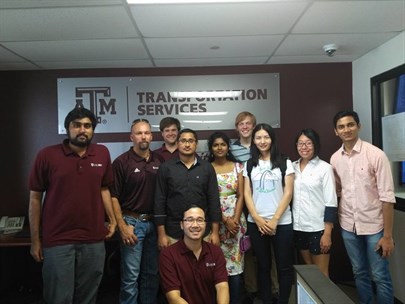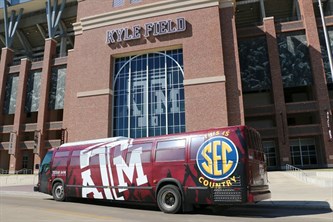 The Texas A&M University student chapter of the Institute of Transportation Engineers (TAMUite) took an insider’s look at the Aggie Spirit Transit services. Being an integral part of the university, Aggie Spirit Transit has played a critical role in providing accessibility to far corners of Texas A&M to faculty, students and visitors alike. Due to the vastness of its operations, it can be easily compared with most city transit organizations.
The Texas A&M University student chapter of the Institute of Transportation Engineers (TAMUite) took an insider’s look at the Aggie Spirit Transit services. Being an integral part of the university, Aggie Spirit Transit has played a critical role in providing accessibility to far corners of Texas A&M to faculty, students and visitors alike. Due to the vastness of its operations, it can be easily compared with most city transit organizations.
In 1982, transit services began as bus operations by providing transportation for Texas A&M using a fleet of 33 buses as an off-campus shuttle service. As the university continued to grow, a need for an intra-campus shuttle system emerged. Therefore, in 1984 the on-campus shuttle system was created. Today, transportation services has a fleet of 98 buses providing on- and off-campus, paratransit and charter services for Texas A&M. The transit area employs over 260 student drivers.

The field trip started with a facility tour given by Justin Tippy, manager of transit. The students witnessed live dispatch operations, camera feeds for the operating buses, and learned about the average bus ridership, working hours, GPS speed-location tracking and the Automated Passenger Counting system available on the buses.
They toured the inside one of the newly refurbished buses to study every component, from the smoothness of the ride to the convenience for the passenger. Later, Tippy showed the transit system that uses collected data to determine frequency and route paths for buses.
Overall the trip provided insight on system functionality and university interaction, and allowed students to apply gained knowledge to a familiar form of transit, furthering their technical perspective of transit systems.